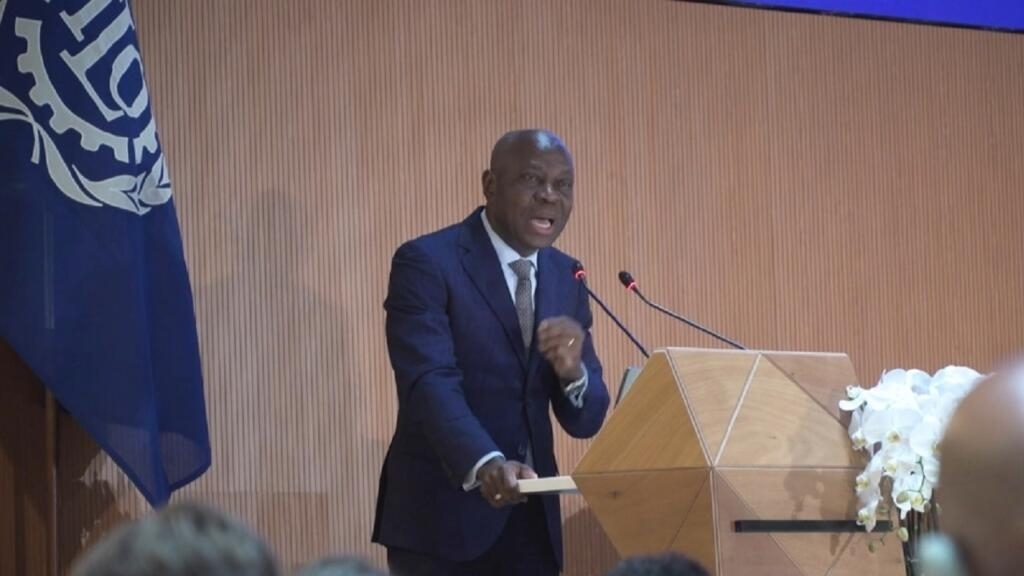First modification:
While delegates from 187 countries around the world meet in Geneva to chart the course of global labor policies, concern is emerging over the growing phenomenon of so-called “modern slavery”, a scourge of which, according to the UN and rights NGOs humans, no country escapes.
“Today we have more slaves than at any other time in human history,” said María Collazos, a researcher and analyst at Walk Free, a Perth, Australia-based nongovernmental organization that closely follows the phenomenon of modern slavery. in the world.
The International Labor Conference in its 111th version, which began discussions this week in the Alpine city of Geneva, has focused its meeting on “social justice” as a priority in the world of work, with the purpose of eradicating inequalities and slavery practices such as forced labor and labor exploitation.
The director general of the International Labor Organization (ILO), Gilbert F. Houngbo from Togo, questioned the inequities that occur in the labor market and gender gaps. “How to explain that even today, for equal work, women earn an average of 20% less than their male colleagues?” the diplomat asked the delegates of the countries attending the conference.
The discussions in Switzerland pick up on issues related to the findings of the most recent report in which three organizations – the ILO, the International Organization for Migration and Walk Free – launched a global alert on the increase in modern slavery in recent years.
The document entitled “Global estimates on modern slavery. Forced labor and forced marriage”, published in September 2022, states that by 2021 “49.6 million people were victims of modern slavery, either because they are forced to work or live in a marriage without their consent.”
The report adds that between 2016 and 2021 there was an increase of 2.7 million people subjected to forced labor. It also warns that “systematic and deliberate wage withholding, used by abusive employers to force workers to stay in a job for fear of losing accumulated earnings, is the most common form of coercion, experienced by 36 percent percent of people in situations of forced labor”.
The ILO also reveals that more than half of forced labor occurs in middle- and high-income countries. In this regard, the spokesperson for Walk Free explains that “no country is immune to modern slavery.” “What we find today is that no government is doing enough to control it. In the context of the G20 countries, $468 billion worth of products are imported annually that are at high risk of being manufactured by forced labor.” , she emphasizes.
Collazos adds that “these G-20 countries (among which are the United States, China and the largest economies in Europe, Asia and Latin America), together have 85% of the world’s Gross Domestic Product and more than 50% of the people in modern slavery come from these countries.
The joint report on modern slavery states that 86% of forced labor cases involve private actors, while the remaining 14% is imposed by the State. Although this practice affects all sectors of the economy, the five activities most prone to these illegal actions are services, industry, construction, agriculture and domestic work.
The International Labor Conference in Geneva will conclude on June 16 and it is expected that commitments and actions will emerge from it to eradicate scourges such as modern slavery, which is one of the United Nations objectives for 2030.












